The Czech Republic boasts a rich and enduring Jewish heritage that spans centuries, evident in its ten thriving Jewish communities and over 350 Jewish cemeteries. The country is home to the second-largest synagogue in Europe and the third largest globally. Many towns across the Czech Republic have significant Jewish populations, with Czech Jews making remarkable cultural contributions in both religious and secular spheres. From exquisite crystal craftsmanship to the literary genius of Franz Kafka, from flourishing kosher vineyards to the esteemed Rabbi Loew and the legendary Golem of Prague, the mystique of this region is deeply woven into its history.
While Prague stands as the epicenter of Czech Jewish heritage, exploring Jewish roots beyond the capital city offers an enticing adventure. Starting from sites near Prague and extending to locations such as Pilsen in the west, Mikulov in the south, and beyond, one can unravel the rich tapestry of Czech Jewish history.
The 10 Stars Project in the Czech Republic is a nationwide endeavor connecting 10 synagogues and Jewish heritage sites dispersed throughout the country. These sites serve as showcases of the Czech Republic’s unique cultural heritage. Going beyond mere restoration and construction, the project involves the development of permanent exhibitions and a diverse array of temporary programs, including lectures, concerts, screenings, and theater performances. These initiatives aim to provide visitors with a distinctive and authentic insight into Jewish history and Judaism.
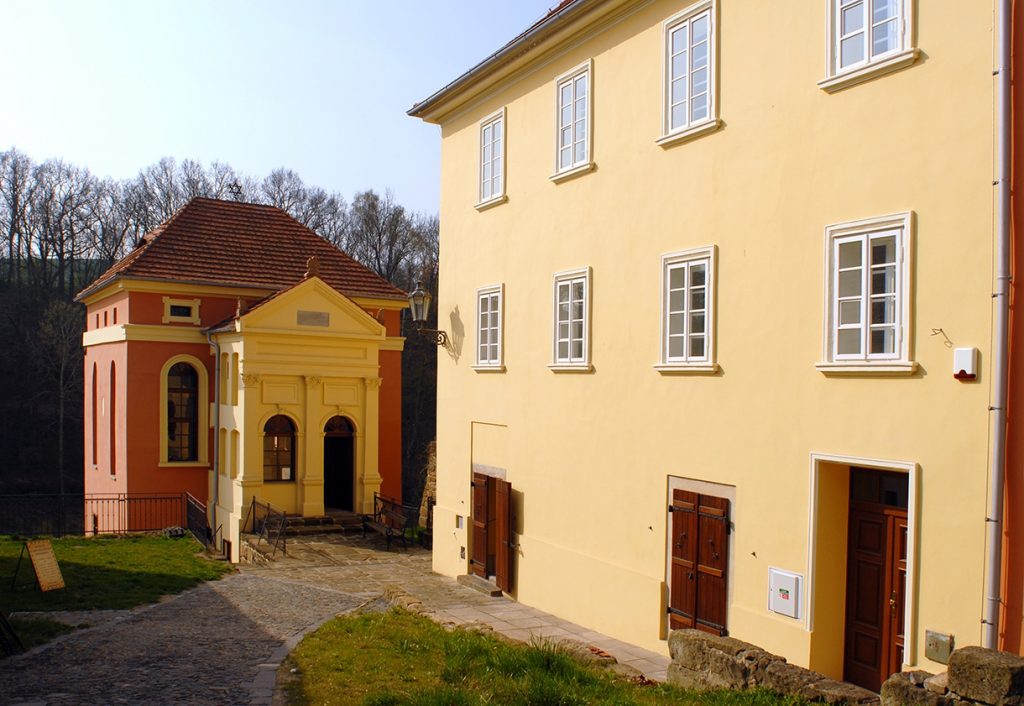
Ustek Synagogue: New York Jewish Travel Guide
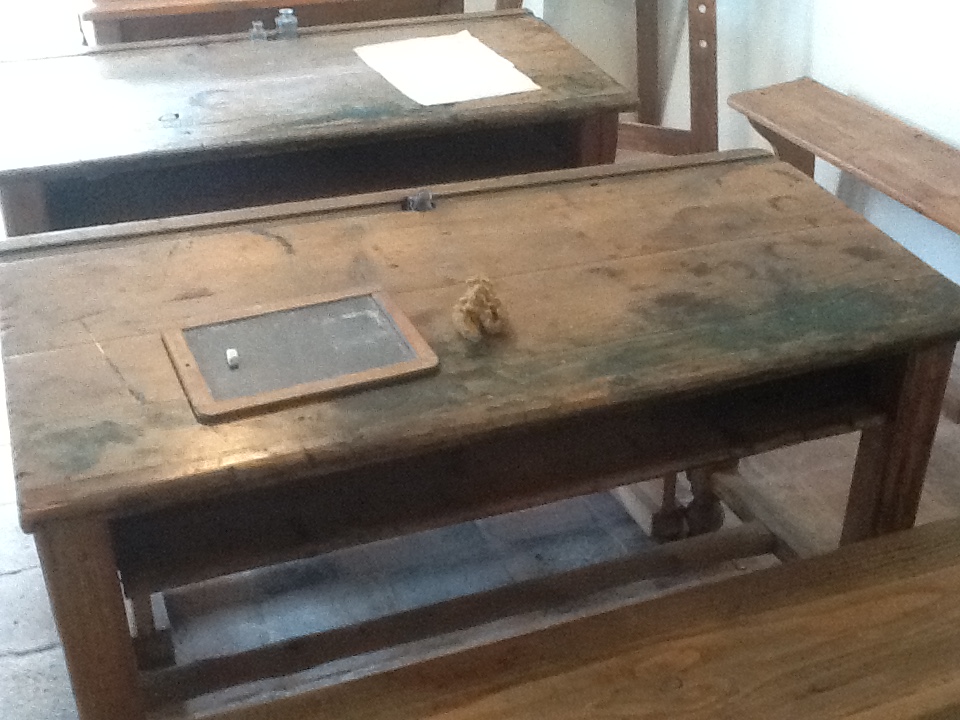
A permanent exhibition, “The Jewish School System”—New York Jewish Travel Guide
Current Use of the Building and Historical Context
Today, the ground floor of the building serves as a knowledge repository, featuring an exhibition that explores the rich history of Úštěk’s Jewish community. The first floor, which was formerly the rabbi’s quarters, hosts an exhibition focused on the history and significance of Jewish schools in the Czech lands.
Jewish schools are a distinctive cultural institution, their importance highlighted by various Biblical and Talmudic references, including those found in Pirkei Avot. Traditional education has been a cornerstone of Jewish communities, with young students, typically aged five to six, beginning their studies at the cheder. At the cheder, students learned the basics of Hebrew, Torah texts, the Mishnah, and Jewish laws. As they reached around 15 years of age, boys advanced to the yeshiva, an institution dedicated primarily to the study of the Talmud. This traditional educational framework remained prevalent in the Czech lands until the 19th century.

Rabbis of the Usetek Synagogue: New York Jewish Travel Guide
Historical Significance and Artistic Features of the Jewish Cemetery
The disused Jewish cemetery, with origins dating back to the 16th century, features 211 gravestones scattered across its grounds. These ancient markers primarily reflect the artistic styles of their respective periods, providing a window into the past. Alongside these historic stones, there are also more modern gravestones from the late 19th century.
A notable feature of the cemetery is a particularly striking gravestone in the Art Nouveau style, dedicated to the Heller family. Its intricate design exemplifies the artistic sensibilities of the period, adding a distinctive element to the cemetery’s historical landscape.
Třebíč – A UNESCO World Heritage Gem
Třebíč’s Jewish Quarter is a notable historical site, celebrated for being one of Europe’s most well-preserved Jewish ghettos. Its outstanding cultural and historical significance led to its designation as a UNESCO World Heritage Site in 2003, alongside the Jewish Cemetery and St. Procopius Basilica.
A key highlight of the Jewish Quarter is the Rear Synagogue, constructed in 1669, situated next to a house built in 1798. The synagogue is distinguished by its expansive, light-filled interior and adorned with exquisite Baroque paintings. The upper women’s gallery features a small yet insightful exhibition that explores aspects of Jewish culture.
After ceasing religious services in 1926, the Rear Synagogue was at risk of demolition but was preserved through extensive renovations. It reopened as the Jewish Museum in 2011 and now hosts a variety of cultural events, including exhibitions and concerts.
Within the Třebíč Jewish Quarter, over one hundred historic buildings remain, including two synagogues, the Jewish town hall, the rabbi’s residence, the school, and the hospital. The former women’s gallery now hosts a permanent exhibition dedicated to Jewish culture. This exhibit showcases a collection of significant artifacts that were integral to the vibrant Jewish community, which was tragically devastated during the Holocaust in World War II.
Located within the Big Fortress, once a Jewish ghetto, the Museum of the Terezin Concentration Camp stands as a solemn testament to its tragic history. The museum features a range of poignant artifacts, including children’s drawings that reflect their resilience amidst severe adversity. Visitors also encounter Nazi propaganda films, and a diverse collection of cultural works produced by prisoners, showcasing their enduring creativity despite harsh conditions.
The history of Terezin is intertwined with notable figures such as Sigmund Freud’s sisters, relatives of Austrian Chancellor Bruno Kreisky, and family members of American presidential candidate John Kerry, underscoring the far-reaching impact of this dark chapter in history.
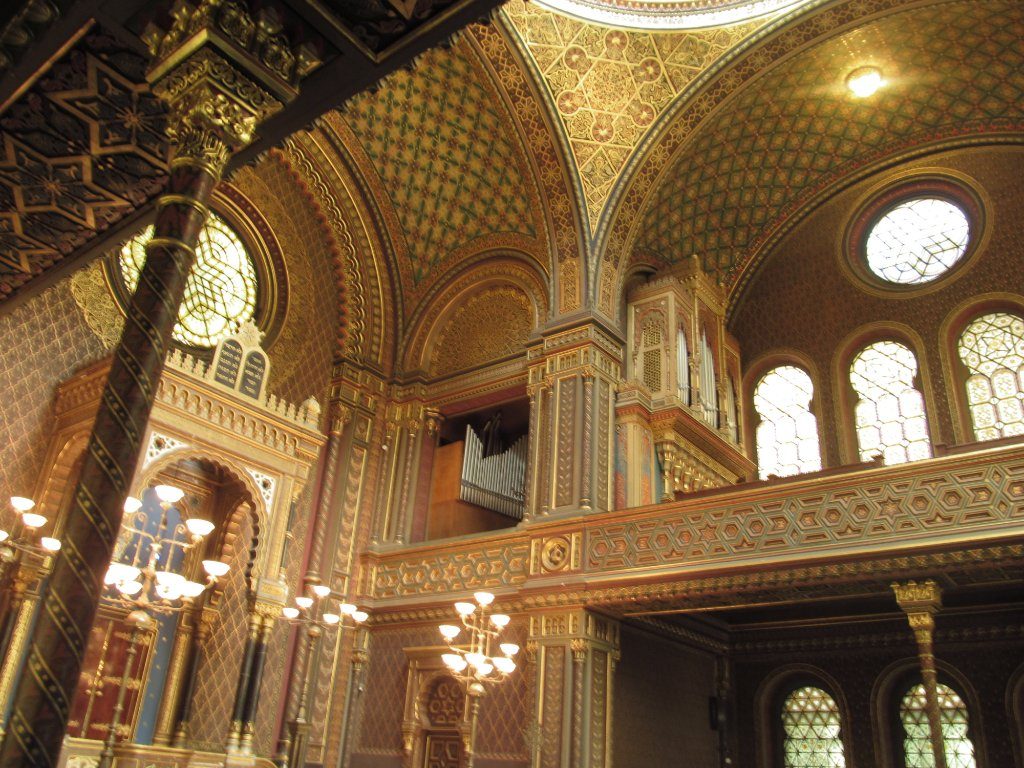
Synagogue Espagnole: New York Jewish Travel Guide
Prague’s Historic Jewish Cemetery: A Testament to Remembrance
The Old-New Synagogue in Prague, recognized as Europe’s oldest operational synagogue, is a prime example of early Gothic architecture, completed around 1270. This historic site features a central chamber, an entry hall, a winter prayer hall, and a designated area for women during men-only services. Recent restorations have revealed 17th-century inscriptions on its walls, and the Holy Ark, which houses the Torah scrolls, is prominently positioned on the eastern wall. A glass case at the rear of the synagogue displays light bulbs next to the names of departed individuals, illuminating their memory on the anniversaries of their deaths.
The Old Synagogue, known for its steep roof and Gothic gables, is also linked to the legend of the Golem. According to one version of the legend, Rabbi Loew subdued the mystical creature by removing its talisman during a Sabbath service and placed it in the synagogue attic, where it is said to remain, shrouded in secrecy.
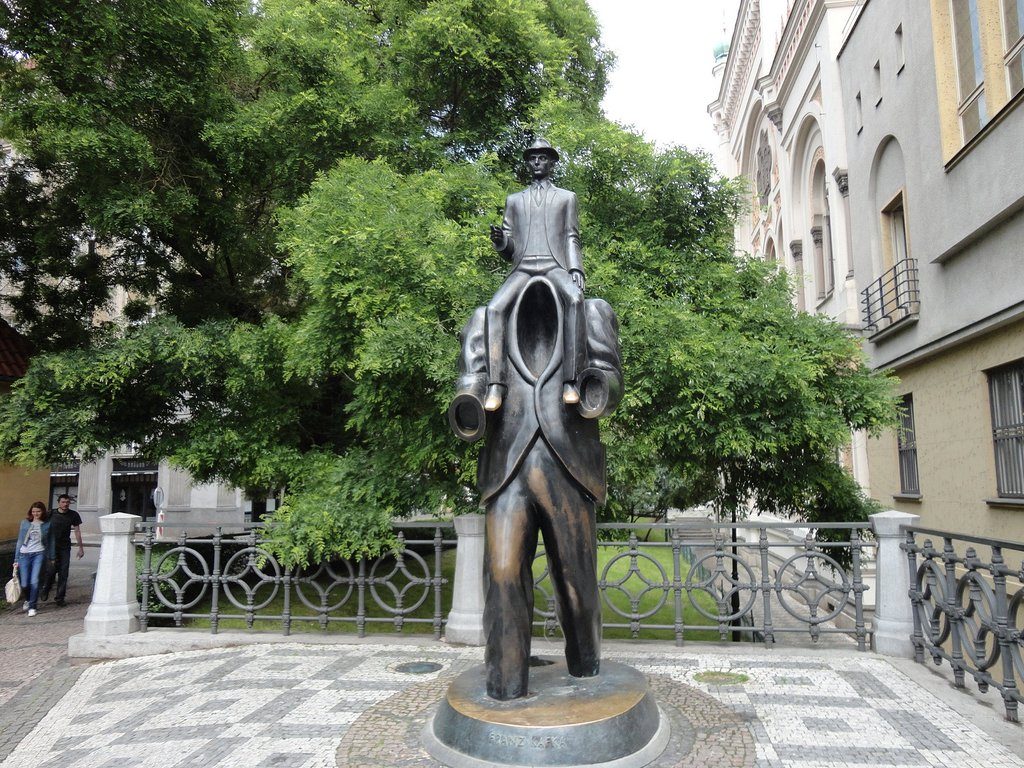
Statue of Franz Kafka: New York Jewish Travel Guide



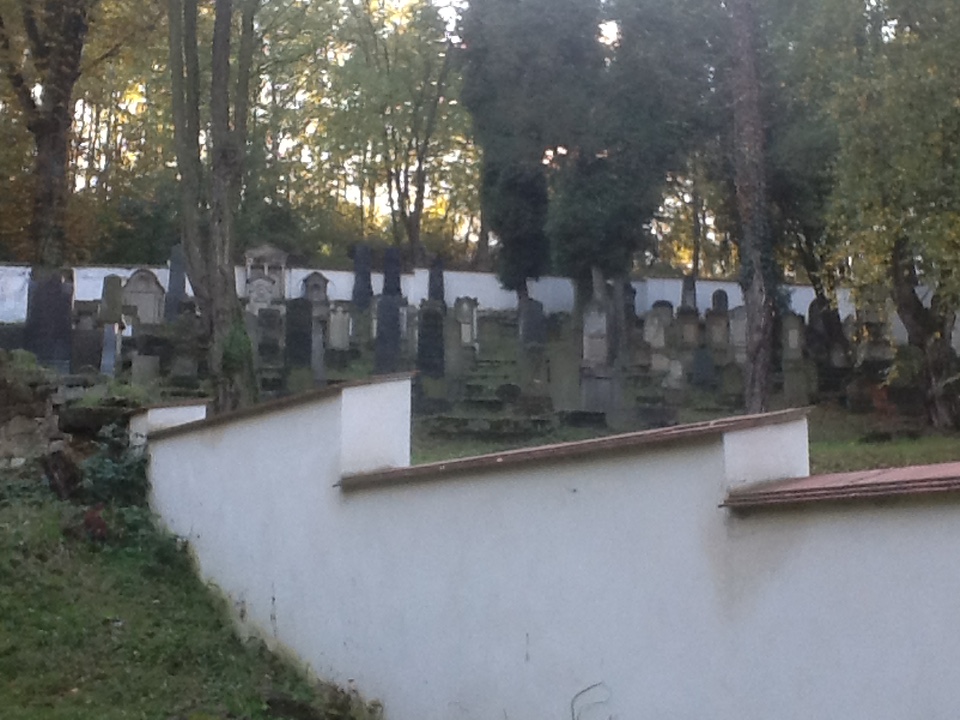
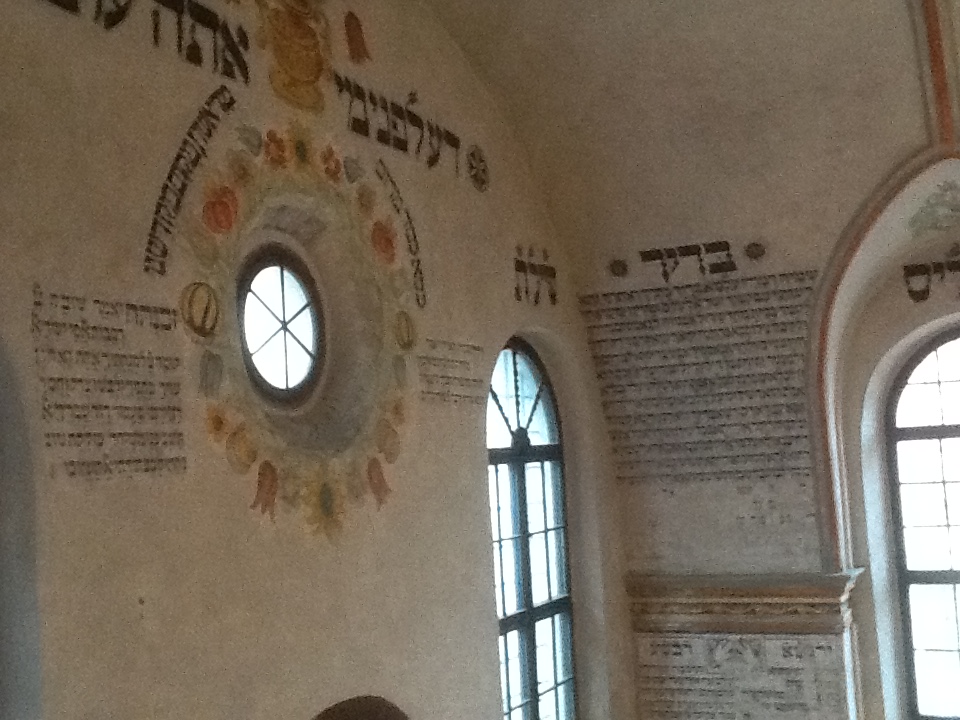
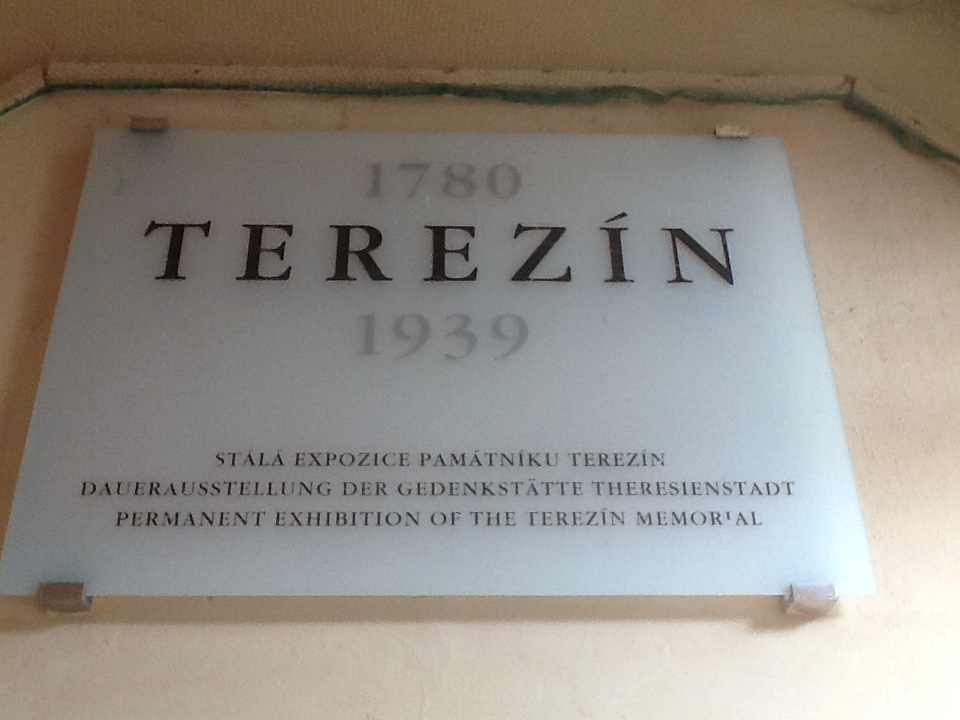
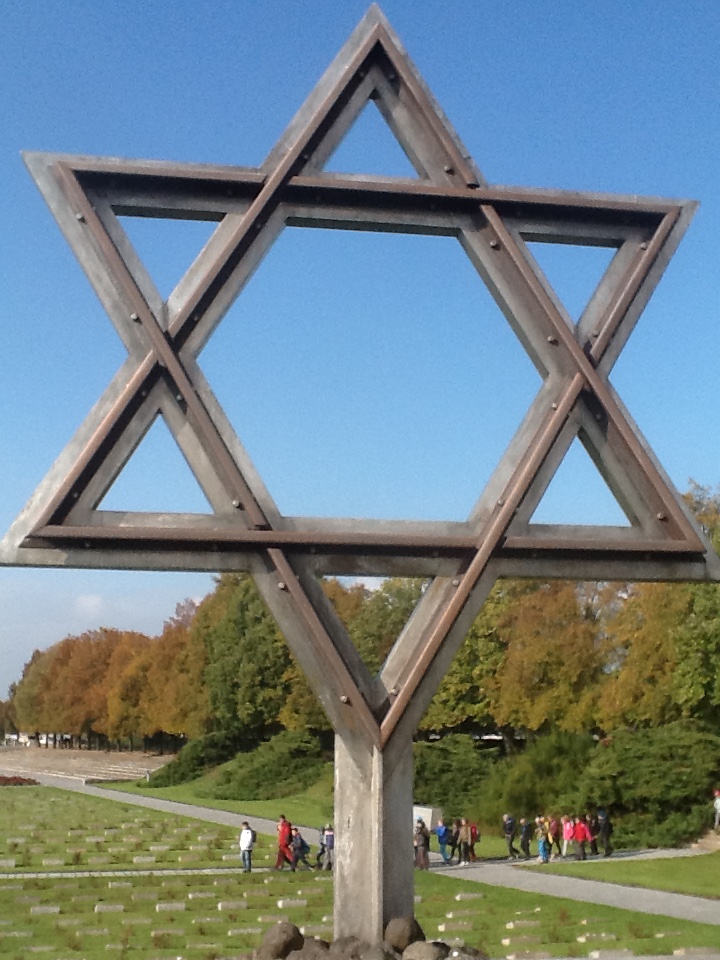
You must be logged in to post a comment Login